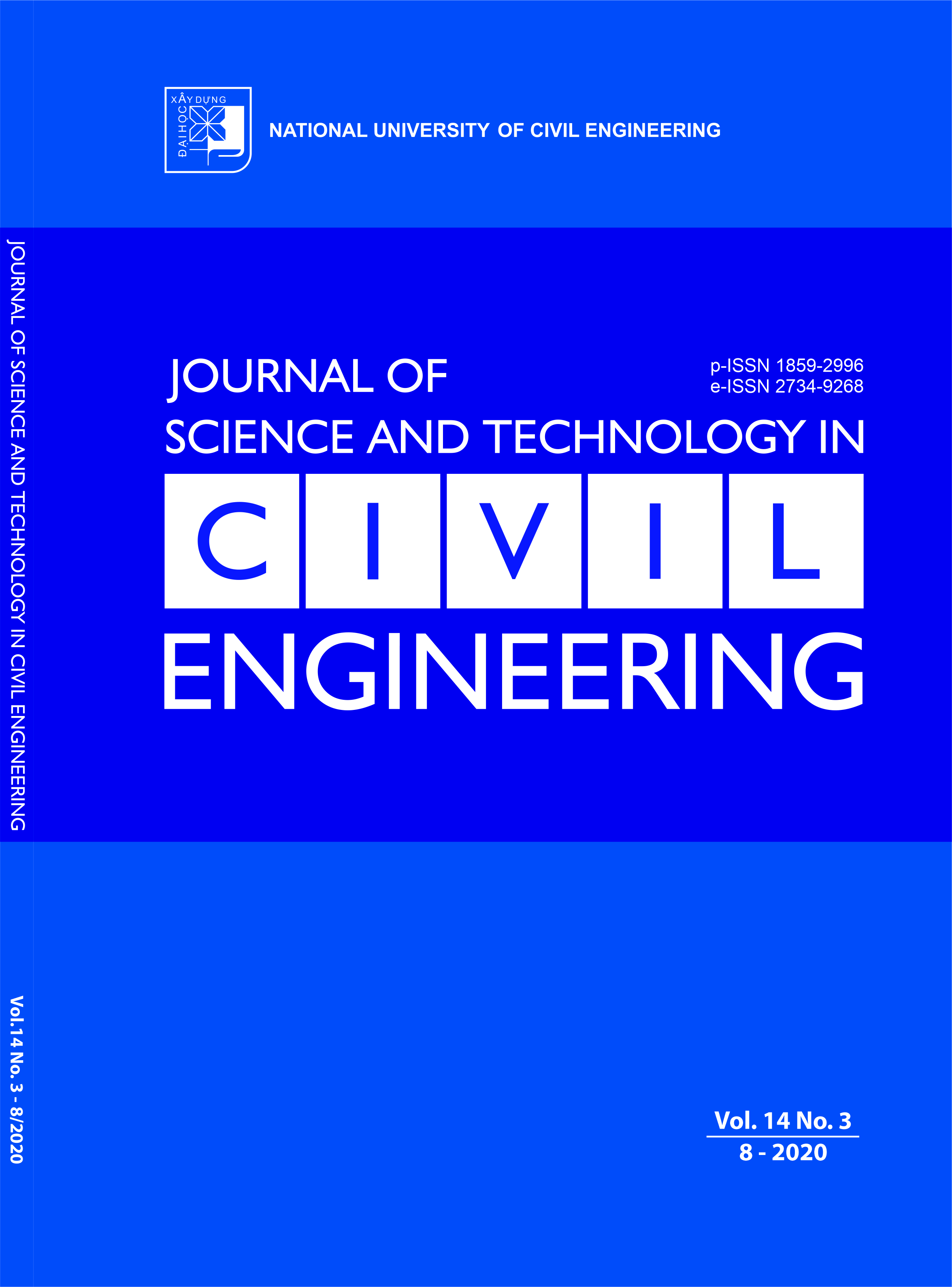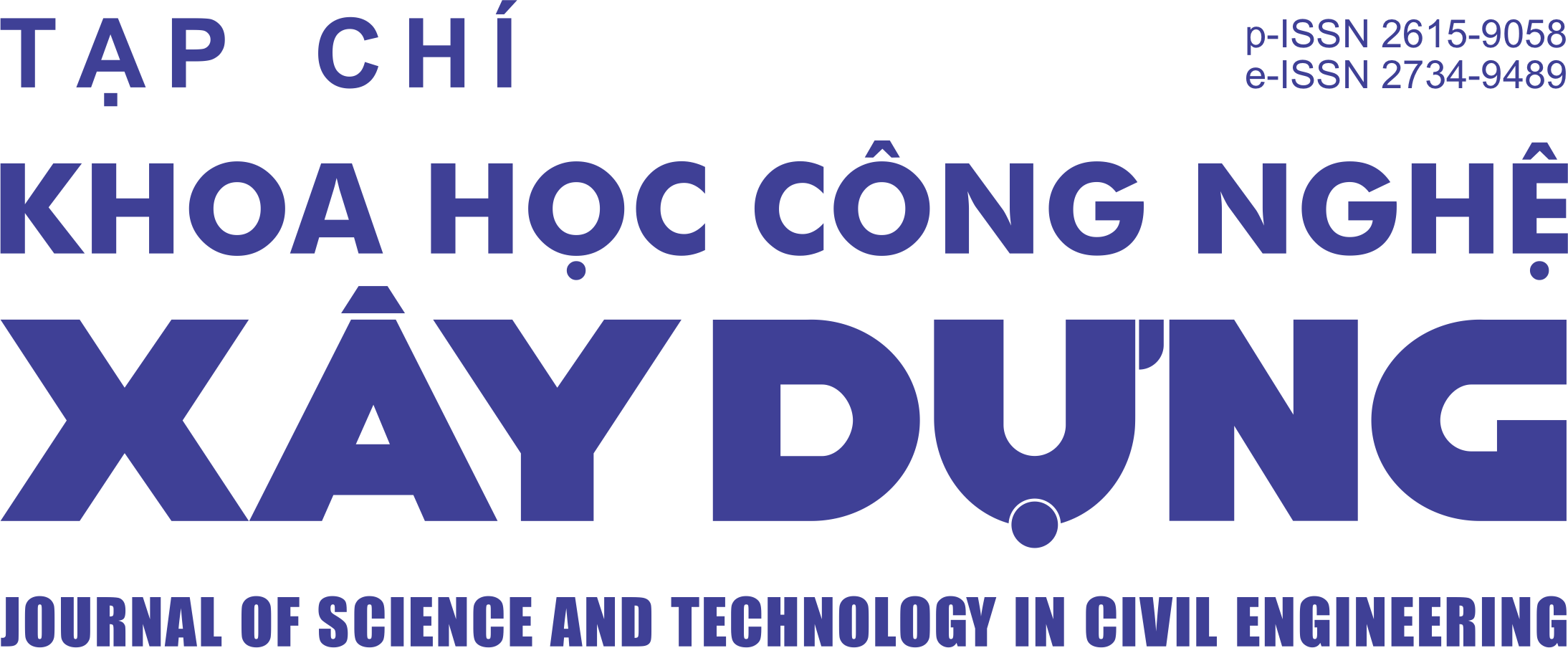Modeling the flexural behavior of corroded reinforced concrete beams with considering stirrups corrosion
Abstract
The reinforcement corrosion is one of the most dominant deterioration mechanisms of existing reinforced concrete structures. In this paper, the effects of the stirrup corrosion on the structural performance of five corroded beams have been simulated using the finite element model with DIANA software. These tested beams are divided into two groups for considering different inputs: (i) without corroded stirrups in flexural span, (ii) with locally corroded stirrups at different locations (e.g. full span, shear span, middle span). FE model has been calibrated with experimental results that were obtained from the four-point bending test carried out on the tested beams. This study shows that the stirrups corrosion should be received more attention in the serviceability limit state since its considerable effect on flexural behavior. Based on a parametric study, it shows that the effect of the cross-section loss of tension reinforcements on the load-carrying capacity of the corroded beam is more significant than the bond strength reduction.
Keywords:
reinforced concrete; beam; stirrup corrosion; finite element model; flexural nonlinear behavior.
Downloads
Copyright (c) 2020 National University of Civil Engineering

This work is licensed under a Creative Commons Attribution-NonCommercial-NoDerivatives 4.0 International License.
1. The Author assigns all copyright in and to the article (the Work) to the Journal of Science and Technology in Civil Engineering (JSTCE) – Hanoi University of Civil Engineering (HUCE), including the right to publish, republish, transmit, sell and distribute the Work in whole or in part in electronic and print editions of the Journal, in all media of expression now known or later developed.
2. By this assignment of copyright to the JSTCE, reproduction, posting, transmission, distribution or other use of the Work in whole or in part in any medium by the Author requires a full citation to the Journal, suitable in form and content as follows: title of article, authors’ names, journal title, volume, issue, year, copyright owner as specified in the Journal, DOI number. Links to the final article published on the website of the Journal are encouraged.
3. The Author and the company/employer agree that any and all copies of the final published version of the Work or any part thereof distributed or posted by them in print or electronic format as permitted herein will include the notice of copyright as stipulated in the Journal and a full citation to the Journal as published on the website.







